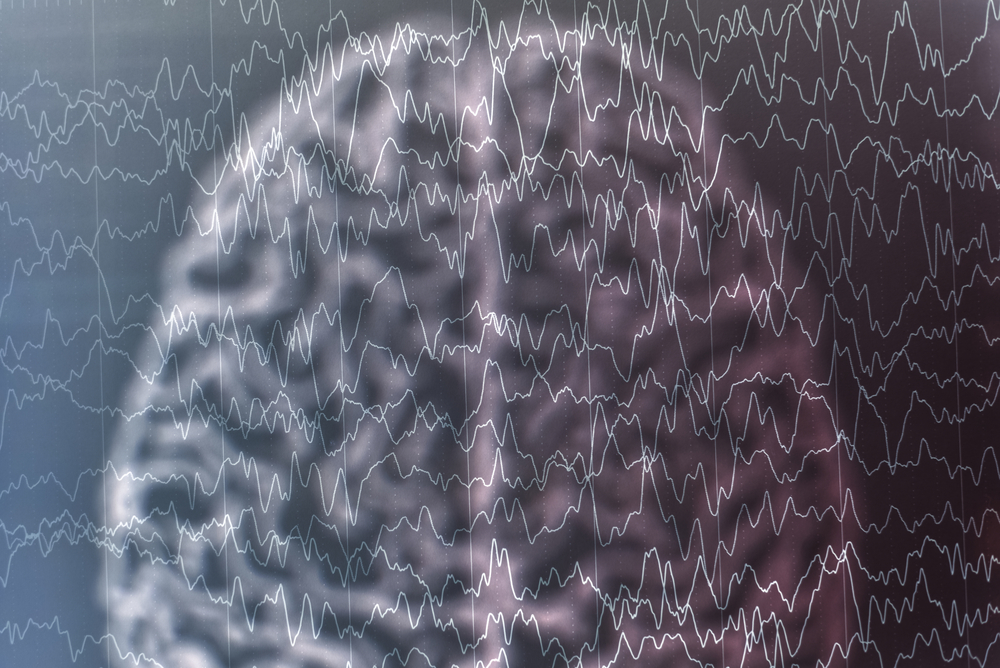Specific Brain Rhythms May be Biomarker for Angelman Syndrome
Written by |

A specific frequency of brain rhythms detected in electroencephalograms (EEG), called delta oscillations, may serve as a valuable biomarker for Angelman syndrome, a new study says.
According to researchers, delta anomalies are increased in the brain of children with Angelman syndrome, and occur both when they are awake and during sleep.
The study, “Delta rhythmicity is a reliable EEG biomarker in Angelman syndrome: a parallel mouse and human analysis,” was published in the Journal of Neurodevelopmental Disorders.
Previous studies had suggested that abnormal delta activity could be traced by EEG in children with Angelman syndrome, but no study had yet confirmed if this could be a reliable biomarker to detect the disease in animals or patients.
“We focused on delta because it is the most commonly reported abnormality in [Angelman syndrome] EEG scans,” Mike Sidorov, PhD, the study’s first author, said in a press release. “In doing so, we consistently found that nearly every individual with [Angelman syndrome] has increased delta compared to neuro-typical individuals.”
In their study, they compared delta oscillations in mice and humans and assessed delta rhythms in different brain regions, and in patients with different developmental changes.
They found that delta rhythms were increased, both in patients and in mice with the disease, compared to their corresponding “controls” (healthy mice or children of the same age).
Importantly, increased delta power in Angelman syndrome children were present both when they were awake or asleep, especially in a brain region called the neocortex. These changes in delta oscillations were more evident in younger children with Angelman syndrome.
“Most importantly, we found that delta abnormalities can be quantified,” Sidorov said. “By reducing delta to a single number, we are able to track it reliably over time within individuals. We were thrilled with the result and believe delta has great potential for use as a biomarker and outcome measure in future clinical trials, as well as pre-clinical studies because we saw the same result in our mouse-model data.”
Angelman syndrome is a neurodevelopmental disorder characterized by developmental delay, impaired speech and motor skills. It also is linked to high incidence of epilepsy. The disease is caused by the presence of mutations that block the expression of the maternal copy of the UBE3A gene.





